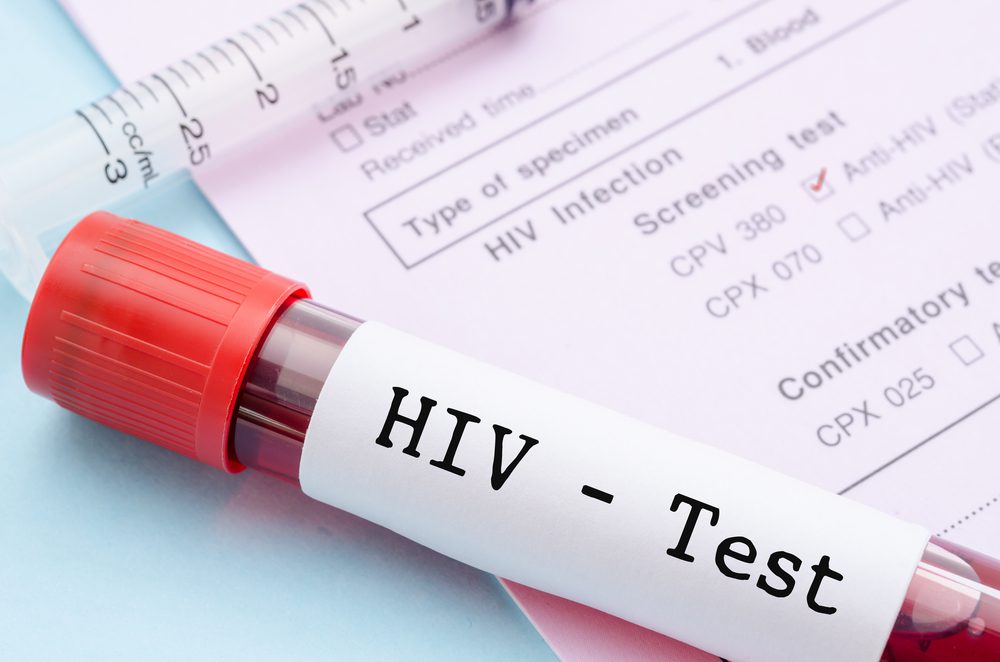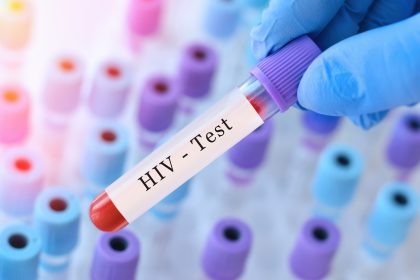A non-reactive HIV test result generally means good news – you tested negative for the human immunodeficiency virus at the time of testing. However, understanding what this result truly means requires knowledge about testing windows, accuracy limitations, and when retesting becomes necessary to ensure your health status is accurately determined.
The timing of your HIV test in relation to potential exposure plays a crucial role in result reliability, and many people don’t realize that testing too early can produce misleading negative results even when infection has occurred.
Window period creates testing blind spots
The window period represents the time between HIV exposure and when your body produces enough antibodies or antigens for tests to detect infection. This period typically lasts three weeks to two months, during which you could be infected but test negative because your immune system hasn’t yet produced detectable levels of HIV markers.
Testing during this window period can result in false negative results that provide false reassurance while you remain infectious to others. This timing factor explains why healthcare providers often recommend retesting after potential exposure, even when initial results are negative.
Different types of HIV tests have varying window periods, with newer combination tests detecting infection sooner than older antibody-only tests. However, even the most advanced tests cannot detect HIV immediately after exposure, making timing considerations essential for accurate results.
The window period varies between individuals based on factors like immune system strength, viral load of the exposure source, and individual biological differences that affect how quickly the body responds to infection.
High-risk behaviors require follow-up testing
Certain activities significantly increase HIV transmission risk and warrant retesting regardless of initial negative results. Having vaginal or anal sex with someone who is HIV-positive creates substantial exposure risk, particularly when condoms aren’t used consistently or properly.
Multiple sexual partners since your last test increases exposure probability, especially when partner HIV status is unknown or when relationships involve people from higher-prevalence populations. The cumulative risk from multiple partners can be substantial even when individual encounters seem lower risk.
Sharing needles or syringes for drug use, medical procedures, or body modification creates direct blood-to-blood contact that represents one of the highest-risk exposure routes for HIV transmission. Even minimal blood contamination on shared equipment can transmit infection.
Having other sexually transmitted infections increases HIV susceptibility by creating inflammation and immune system activation that facilitates viral entry and establishment of infection. STIs like syphilis, gonorrhea, or herpes create biological conditions that enhance HIV transmission risk.
Testing accuracy depends on proper timing
HIV antibody tests demonstrate accuracy rates over 99.5% when performed outside the window period, making them highly reliable for detecting established infections. However, this exceptional accuracy only applies when sufficient time has passed for antibody development.
The enzyme immunoassay or enzyme-linked immunosorbent assay represents the most common initial HIV test, checking for antibodies your immune system produces in response to infection. Reactive results undergo confirmation testing using Western blot or other supplementary tests to verify positive results.
Combination tests that detect both HIV antibodies and antigens can identify infection earlier than antibody-only tests because antigens appear before antibodies during early infection stages. These fourth-generation tests reduce the window period but don’t eliminate it entirely.
False negative results occur primarily during the window period but can also happen due to rare immune system disorders that prevent normal antibody production or in cases of infection with unusual HIV strains not detected by standard tests.
Prevention strategies reduce infection risk
Consistent condom use during vaginal and anal sex significantly reduces HIV transmission risk while also protecting against other sexually transmitted infections. Proper condom application and quality products are essential for maximum protection effectiveness.
Pre-exposure prophylaxis involves taking HIV medications before potential exposure to prevent infection when taken as prescribed. PrEP is particularly recommended for people at ongoing high risk, including those with HIV-positive partners or who engage in high-risk behaviors regularly.
Post-exposure prophylaxis must be started within 72 hours after potential HIV exposure and involves taking HIV medications for 28 days to prevent infection establishment. PEP effectiveness decreases significantly with delayed initiation, making immediate medical consultation crucial after high-risk exposures.
Regular STI testing and prompt treatment reduce HIV susceptibility by maintaining genital tract health and preventing conditions that increase infection risk. Many STIs increase HIV transmission probability through inflammation and immune system effects.
When to seek retesting and medical guidance
Retesting becomes necessary when potential exposure occurred within the window period of your last test or when ongoing risk behaviors continue after testing. Healthcare providers can recommend appropriate retesting intervals based on individual risk factors and exposure history.
Consulting healthcare providers about HIV testing timing, interpretation, and prevention strategies ensures you receive personalized guidance based on your specific circumstances and risk profile. Medical professionals can also discuss prevention options like PrEP or provide PEP when appropriate.
Regular HIV testing should be part of routine healthcare for sexually active individuals, with testing frequency determined by risk factors and individual circumstances. Annual testing may be sufficient for lower-risk individuals, while higher-risk people may benefit from more frequent screening.
Understanding your test results, including their limitations and the need for potential retesting, empowers you to make informed decisions about your health and take appropriate preventive measures to protect yourself and your partners from HIV transmission.
















